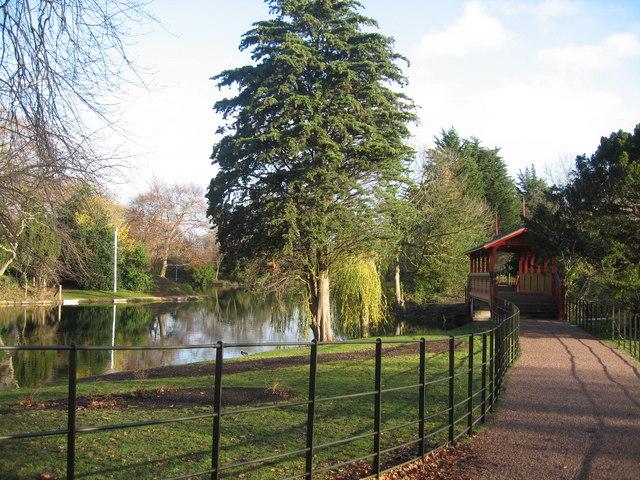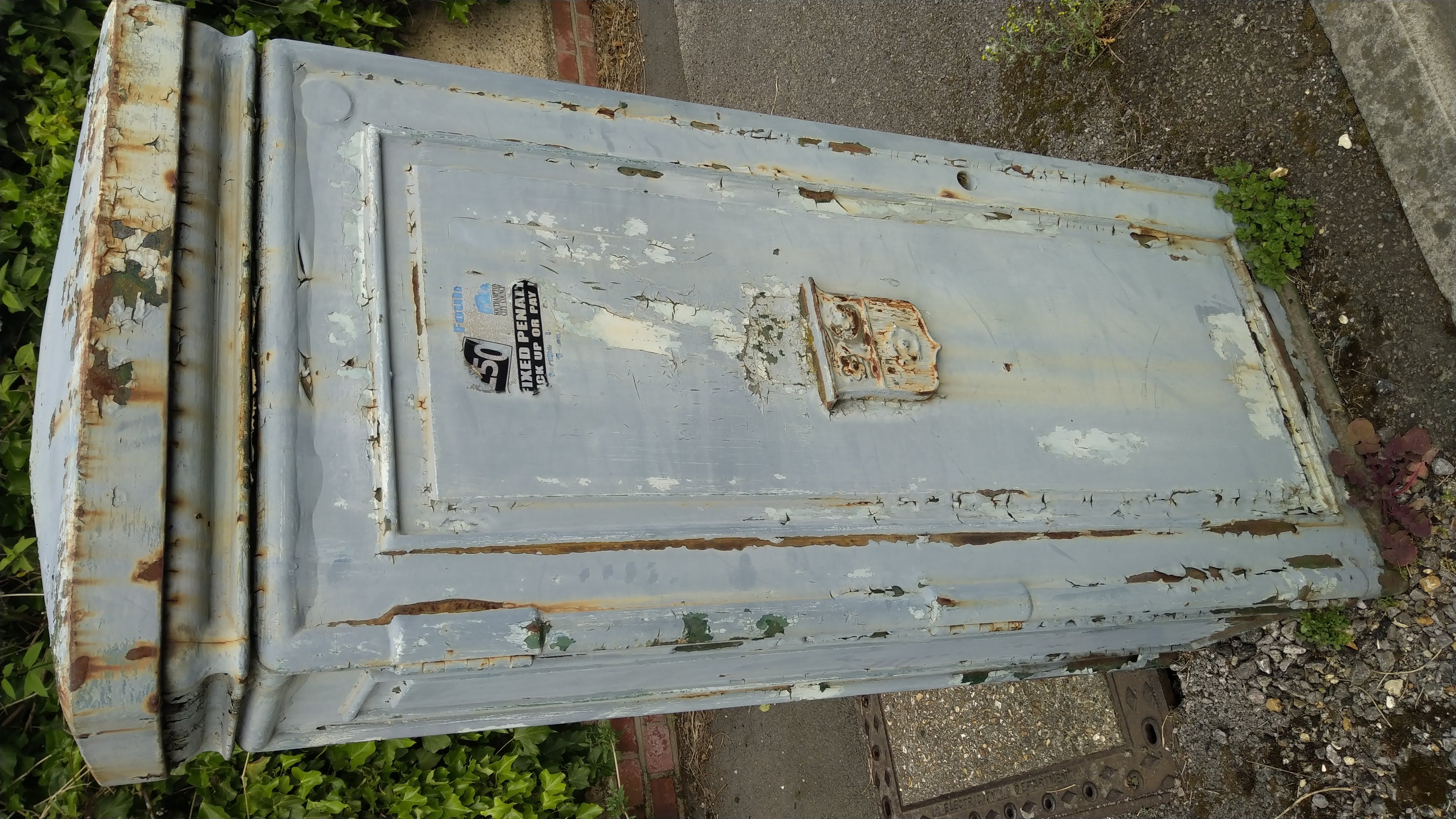|
Southampton Tramways Company
Southampton Tramways Company operated a tramway service in Southampton between 1879 and 1898.The Golden Age of Tramways. Published by Taylor and Francis. History Services began on 5 May 1879, with takings of £26 (equivalent to £ in ) on that day. There was opposition to the running of trams on Sundays, and a petition of 3,500 signatures was raised against this practice. The manager of the company replied that patronage of the trams on Sundays showed that there was a demand for the service, and that as long as they showed a profit, the trams would continue to run. The first route opened was Stag Gates – Holy Rood, with approval to operate Alma Road – Canute Road – Oxford Street – High Street – Floating Dock and Stag Gates – Lodge Road – Portswood being received on 6 May 1879. Tramway Junction – Commercial Road – Shirley opened on 9 June 1879. The company was soon in trouble, with one manager having absconded to America in 1881, and another dismissed in 18 ... [...More Info...] [...Related Items...] OR: [Wikipedia] [Google] [Baidu] |
Southampton
Southampton () is a port city in the ceremonial county of Hampshire in southern England. It is located approximately south-west of London and west of Portsmouth. The city forms part of the South Hampshire built-up area, which also covers Portsmouth and the towns of Havant, Waterlooville, Eastleigh, Fareham and Gosport. A major port, and close to the New Forest, it lies at the northernmost point of Southampton Water, at the confluence of the River Test and Itchen, with the River Hamble joining to the south. Southampton is classified as a Medium-Port City . Southampton was the departure point for the and home to 500 of the people who perished on board. The Spitfire was built in the city and Southampton has a strong association with the ''Mayflower'', being the departure point before the vessel was forced to return to Plymouth. In the past century, the city was one of Europe's main ports for ocean liners and more recently, Southampton is known as the home port of some of ... [...More Info...] [...Related Items...] OR: [Wikipedia] [Google] [Baidu] |
Holyrood Church, Southampton
Holyrood Church (or Holy Rood Church) was one of the original five churches serving the old walled town of Southampton, England. Built in 1320, the church was destroyed by enemy bombing during the blitz in November 1940. In 1957 the shell of the church was dedicated as a memorial to the sailors of the Merchant Navy. It is a Grade II* listed building. __TOC__ History The first documentary evidence of the existence of Holyrood was in 1160 when Henry II granted the Chapels of St. Michael, Holyrood, St. Lawrence and All Saints' to the monks of St. Denys. The name of the church, "Holy Rood", indicates its Saxon origins; if the church had been founded after the Norman conquest, it would have been named " St. Cross". The original church was situated in the centre of the High Street, then known as "English Street", but in 1320, the church was pulled down and rebuilt on its present site on the eastern side of the road. During the Middle Ages, the church was situated at the centre o ... [...More Info...] [...Related Items...] OR: [Wikipedia] [Google] [Baidu] |
Starbuck Car And Wagon Company
G. F. Milnes & Co. Ltd was a tramcar manufacturer based in Birkenhead (1886–1902) and Hadley, Shropshire (1900–1905) Starbuck Car and Wagon Company George Starbuck established the first tramcar manufacturing business in Britain at 227 Cleveland Street, Birkenhead. It was incorporated as George Starbuck and Company on 12 September 1871. It was re-registered one year later as Starbuck Car and Wagon Company Ltd., on 6 November 1872. In 1878 George Frederick Milnes of Liverpool, became Company Secretary and in 1886 purchased the factory and assets following the winding-up of the Company. The business was renamed George F. Milnes and Co. and they evolved into successful tramcar manufacturers, with customers throughout Britain and a substantial export trade. G.F. Milnes & Co On 10 September 1898 the business was registered as a limited company, and the following year the site for a new and larger works (Castle Car Works) was purchased at Hadley, Shropshire. Production comme ... [...More Info...] [...Related Items...] OR: [Wikipedia] [Google] [Baidu] |
Birkenhead
Birkenhead (; cy, Penbedw) is a town in the Metropolitan Borough of Wirral, Merseyside, England; historically, it was part of Cheshire until 1974. The town is on the Wirral Peninsula, along the south bank of the River Mersey, opposite Liverpool. At the 2011 census, it had a population of 88,818. Birkenhead Priory and the Mersey Ferry were established in the 12th century. In the 19th century, Birkenhead expanded greatly as a consequence of the Industrial Revolution. Birkenhead Park and Hamilton Square were laid out as well as the first street tramway in Britain. The Mersey Railway connected Birkenhead and Liverpool with the world's first tunnel beneath a tidal estuary; the shipbuilding firm Cammell Laird and a seaport were established. In the second half of the 20th century, the town suffered a significant period of decline, with containerisation causing a reduction in port activity. The Wirral Waters development is planned to regenerate much of the dockland. Toponymy The ... [...More Info...] [...Related Items...] OR: [Wikipedia] [Google] [Baidu] |
Brush Traction
Brush Traction is a manufacturer and maintainer of railway locomotives in Loughborough, England. It is a subsidiary of Wabtec. History Hughes's Locomotive & Tramway Engine Works Henry Hughes had been operating at the Falcon Works since the 1850s, producing items such as brass and iron cast parts for portable engines and thrashing machines. In 1860 Henry Hughes announced he had entered into a partnership with William March who had extensive experience in the timber trade, and this would be added to the existing business of "engineers and manufacturers of railway plant", with the business to be called Hughes and March. In March 1863, Hughes announced it was making a steam locomotive designed for contractors and mineral railways. This was an 0-4-0 saddle tank with a 200 psi boiler pressure and cylinders of 10 inch bore and 15 inch stroke. In 1866, Hughes announced a sale of timber and associated equipment from the "Falcon Railway Plant Works" as he had decided to close down ... [...More Info...] [...Related Items...] OR: [Wikipedia] [Google] [Baidu] |
Loughborough
Loughborough ( ) is a market town in the Charnwood borough of Leicestershire, England, the seat of Charnwood Borough Council and Loughborough University. At the 2011 census the town's built-up area had a population of 59,932 , the second largest in the county after Leicester. It is close to the Nottinghamshire border and short distances from Leicester, Nottingham, East Midlands Airport and Derby. It has the world's largest bell foundry, John Taylor Bellfounders, which made bells for the Carillon War Memorial, a landmark in the Queens Park in the town, of Great Paul for St Paul's Cathedral, and for York Minster. History Medieval The earliest reference to Loughborough occurs in the Domesday Book of 1086, which calls it ''Lucteburne''. It appears as ''Lucteburga'' in a charter from the reign of Henry II, and as ''Luchteburc'' in the Pipe Rolls of 1186. The name is of Old English origin and means "Luhhede's ''burh'' or fortified place". Industrialisation The first sign of in ... [...More Info...] [...Related Items...] OR: [Wikipedia] [Google] [Baidu] |
Electrification
Electrification is the process of powering by electricity and, in many contexts, the introduction of such power by changing over from an earlier power source. The broad meaning of the term, such as in the history of technology, economic history, and economic development, usually applies to a region or national economy. Broadly speaking, electrification was the build-out of the electricity generation and electric power distribution systems that occurred in Britain, the United States, and other now- developed countries from the mid-1880s until around 1950 and is still in progress in rural areas in some developing countries. This included the transition in manufacturing from line shaft and belt drive using steam engines and water power to electric motors. The electrification of particular sectors of the economy is called by terms such as ''factory electrification'', ''household electrification'', ''rural electrification'', ''aviation electrification'' or ''railway electrificati ... [...More Info...] [...Related Items...] OR: [Wikipedia] [Google] [Baidu] |
Southampton Corporation Tramways
Southampton Corporation Tramways were in operation from 1879 to 1949. They were initially horse-drawn, but latterly powered by electricity. Background Southampton was a growing town in the nineteenth century. With the coming of the railway in 1839 and the development of the docks, Southampton grew from a population of 27,000 in 1841 to 42,000 in 1861. The first horse-drawn omnibus service in the town started about the time the railway arrived, and by 1843 one Thomas Matcham was running a regular service from the station to Millbrook, Eling, Bitterne, Shirley, Portswood, Totton and Romsey. By 1872, tramways were becoming fashionable and the British and Foreign Tramway Company approached Southampton Corporation with a view to setting up a tramway in the town. Various objection were raised to this scheme, and the Corporation refused to allow tram lines to be laid in the High Street and Above Bar. The Company lost interest in the scheme. By 1876, the Corporation realised that ... [...More Info...] [...Related Items...] OR: [Wikipedia] [Google] [Baidu] |






